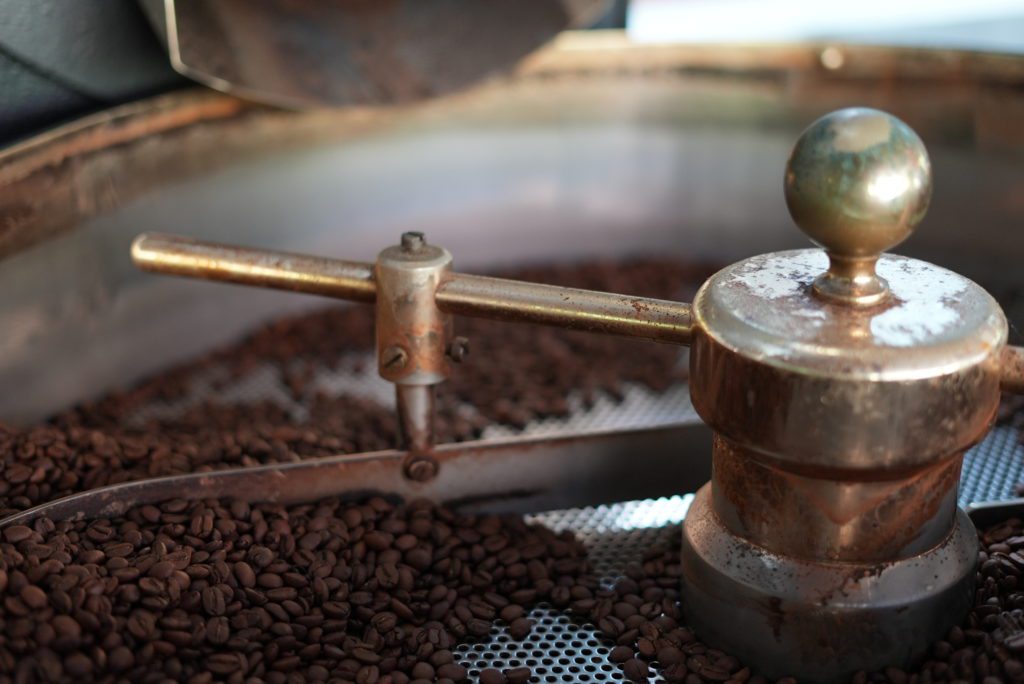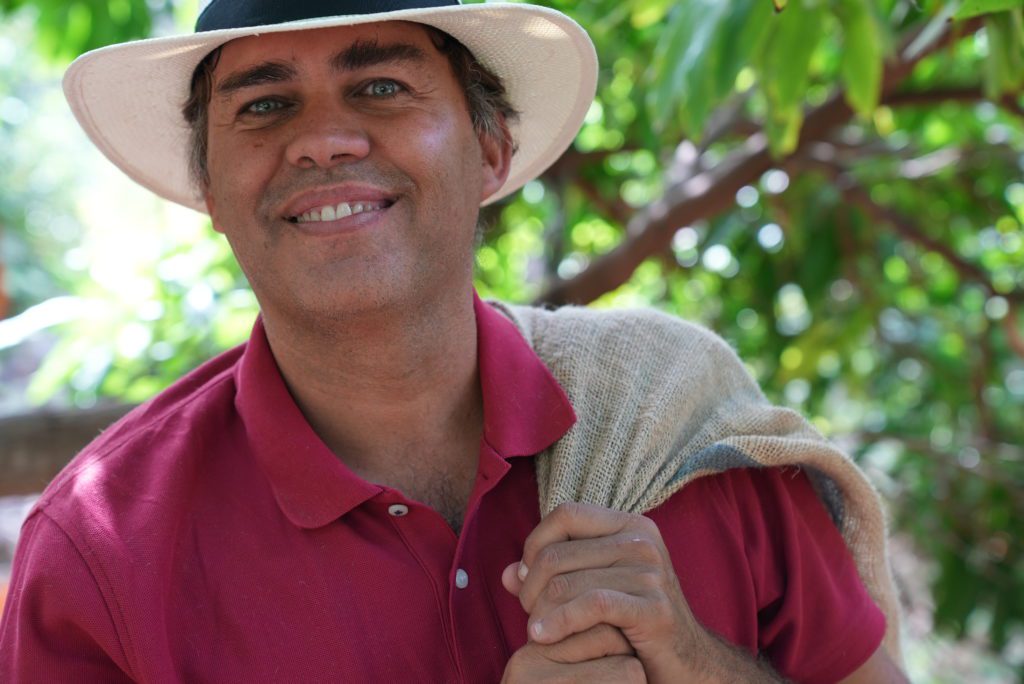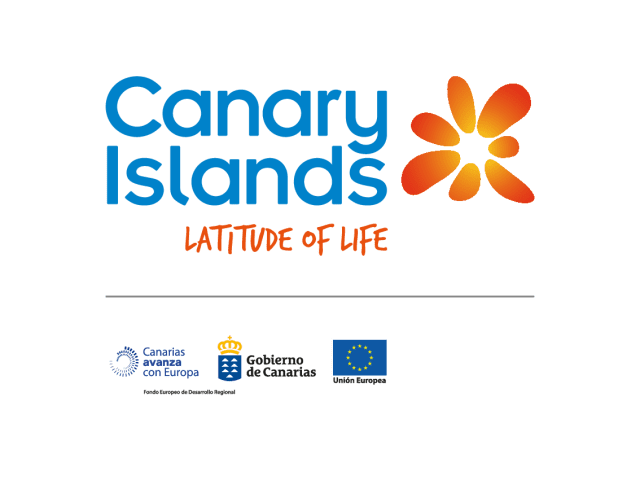In the Agaete Valley, 50 families have been producing the world’s northernmost coffee for more than 200 years.
Located 150 metres above sea level, next to the Tamadaba Natural Park, Gran Canaria’s Biosphere Reserve, the Agaete Valley produces 5,000 kilos of coffee each year in an area of fertile volcanic soil, 45.5 square kilometres wide. Collected manually since 1800, Agaete coffee has a long history of quality, and today it is a benchmark coffee worldwide. The distinguishing feature of the product is the drying process, in particular the manner in which the aroma of the cherry is maintained in the coffee seed.

“Coffee arrived in this valley at the beginning of the 19th century, and since then we’ve been the only place in Spain and one of the few in Europe where it is cultivated in a sustained, traditional, and artisanal fashion,” says Víctor Lugo, manager of Finca La Laja, a Canarian coffee farming family of five generations. His coffee farm is located on the Canary Island of Gran Canaria, in the municipality of Agaete which is known as a paradise of the northern hemisphere, gourmet coffee production.
As far back as the Paris fair of 1898, coffee from the Agaete Valley has been respected. From the twentieth century onwards, production has boomed to the point today where there are more than fifty families growing the crop in the Canary Islands. “The luxurious coffee can only be made in this valley, and we receive 150,000 visitors each year,” Lugo adds.
The coffee from Agaete Valley, which is one of the most exceptional in the world, is an Arabic variety with an Ethiopian origin. Families and workers pick coffee in the spring bean by bean. To dehull them, the cherries are dried for 20 days on African tables at coffee plantations and then roasted in the style of a delicacy.
“In other countries, instead of drying,” Lugo says, “they opt for the wet route, which is faster. In Agaete the elaboration is different. The fact we dry makes the flavour distinct. It maintains the sweetness of the cherry. It means the taste stays in your mouth. It doesn’t go away for a long time, and that sets us apart”.

Coffee from the Agaete Valley is light on the mouth, aromatic, and complex. There are certain acid nuances with a characteristic bitter aftertaste, with certain hints of chocolate, liquorice, and fruit. It is very aromatic with a lot of perfume.
The Agaete Valley
The Agaete Valley has had many famous visitors, including the internationally renowned theoretical physicist Stephen Hawking. It is unsurprising famous names flock to the area when it is considered that there are picturesque fields of banana trees, mango groves, and coffee plantations. The climate is also ideal: “In the Agaete Valley the temperature stays between 18 and 20 degrees centigrade all year round, the perfect conditions for growing tropical fruit,” says Lugo. Agaete has very little rainfall and is classified as subtropical. “[Coming to the local coffee plantations] is a unique opportunity in Europe to experience how the second most consumed drink in the world after water is made,” Lugo adds.
Origins
The arrival of coffee to Gran Canaria and Agaete is connected to the era of the “discovery” of America. The Canary Islands were the final stopping point for explorers who were setting forth across the Atlantic Ocean for the new continent in the 15th century.
“Alfonso XIII was a lover of botany, and he cultivated more than 100 species of plants in a greenhouse in Tenerife’s Orotava Valley in order to acclimatise them before cultivation in the Iberian Peninsula. One of the species was coffee, and the Armas family brought the plant to the Agaete Valley around 1800,” says Lugo.
Lugo continues, “With Agaete’s commercial relations with Tenerife very close, coffee arrived on a farm, which was later divided into three bits: Barranco María, Longueras, and La Laja. These separate farms and the families that worked them are the coffee plantation owners we know today, plantations where the same traditions have been followed generation after generation.”
IMAGES: https://www.dropbox.com/sh/1v4ahw8tfeyrpxx/AAANHhj4o84WtYvlnghqPeJFa?dl=0

